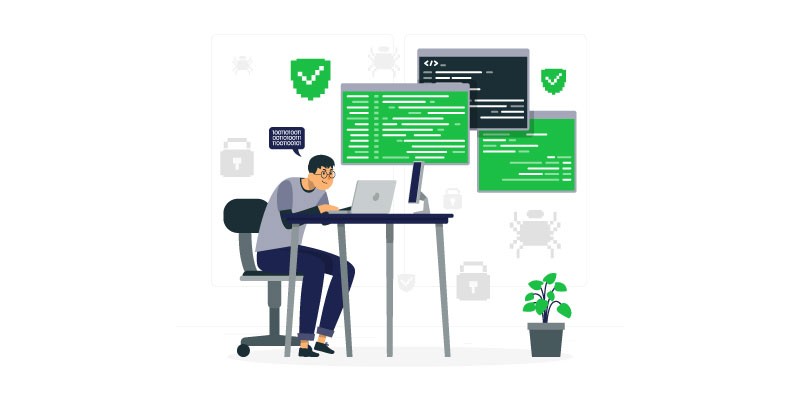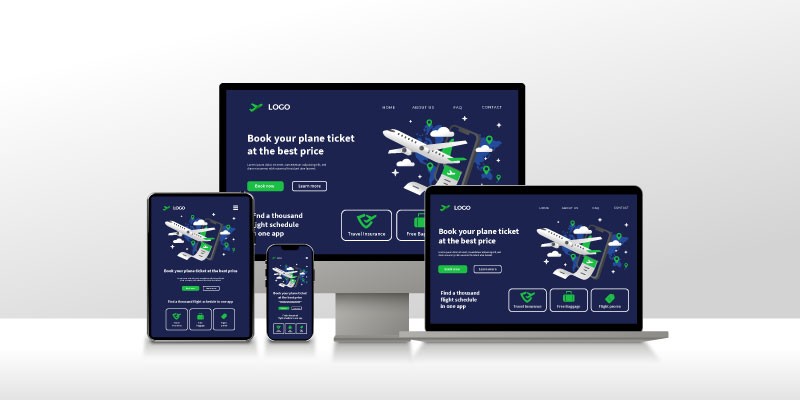- AI

Artificial Intelligence

Smart Products & Services
We follow Smart Products & Services

Intelligent Business Functions & Processes
We follow Intelligent Business Functions & Processes

Robotic Process Automation
We follow Robotic Process Automation

Personalized
healthcareWe follow Personalized healthcare

Identifying at-risk patients
We follow Identifying at-risk patients

Optimized routing and scheduling
We follow Optimized routing and scheduling
- ML

Machine Learning

Predictive
AnalyticsWe follow Predictive Analytics

Service Personalization
We follow Service Personalization

NLP
We follow NLP (Natural Language Processing)

Stock Market Forecasting
We follow Stock Market Forecasting

Fraud Prevention
We follow Fraud Prevention

Recommender engines
We follow Recommender engines
- blockchain
- IOT

Internet of Things
- AR
- Business Solutions

Business Solution

Business Performance Management
We follow Business Performance Management

Decision Making & Big Data Analytics
We follow Decision Making & Big Data Analytics

Enterprise Data Management
We follow Enterprise Data Management
- Apps

Apps

Native Apps
We follow Native Apps

Cross Platform Apps
We follow Cross Platform Apps

Web Apps
We follow Web Apps

Hybrid Apps
We follow Hybrid Apps

Cloud Native Apps
We follow Cloud Native Apps
- Lab

Why Web Development Is Important and How It May Help Your Business
Consider all of the web applications you have used in the past week. You probably can’t even keep track of how many websites you visited, including your favourite news site, Facebook, and shopping sites. The internet is probably the first site you turn to if you need to find gifts, reserve a hotel room, or make a doctor’s appointment. Even when the actual purchase takes place in a store, 80% of significant transactions begin with online research. The fact that 1 in 4 small businesses still don’t have a website or a web app is somewhat astonishing, then. Especially in light of the numerous advantages that online web development experts, may provide for organisations.
By positioning you as a reliable partner who values its consumers, the perfect web app may help your business grow. But how can you build a feature-rich web application that your users would adore? Web development services might be used in this situation if you lack the time or the necessary abilities to create one yourself.
Describe Web Development

The entire process of creating, developing, testing, and maintaining websites and web applications is known as web development. This refers to the entire process of web design, web content development, client-side/server-side scripting, network security settings, and occasionally SEO optimization that goes into making a web app look great, operate well, and have a smooth user experience.
Full-stack web developers typically write lengthy lines of code in text editors, style it with CSS, and then combine all the components to make these products. Today, however, they can also create a new website without having to start from scratch by using tools like Adobe Dreamweaver or content management systems.
What Equipment Do Web Developers Employ?
When people refer to “web app development tools,” they typically refer to the HTML, Java, and CSS programming languages, apps, and environments that enable developers to write and debug the code for online web development experts. However, the job of a web developer changes along with the digital world.
They now need to be capable of more than just writing code fragments. They must be knowledgeable with graphic elements, responsive UI/UX design, prototyping, wire-framing, cybersecurity, SEO, and many other topics. The good news is that developers can complete those duties without having to start from scratch thanks to the wide range of web development tools that are currently available, including design platforms like Sketch and Invision, testing tools like Postman, and collaboration tools like Slack.
The tools they employ obviously vary depending on the type of task they undertake. For instance, front-end developers employ frameworks like React, Bootstrap, Backbone, AngularJS, and EmberJS in addition to HTML, CSS, and JavaScript.
Back-end developers generally work with MySQL, Oracle, Git, and server-side programming languages like PHP, Ruby, and Python.
How Does The Procedure For Creating A Web Application Look?

It’s a little trickier to build a fully functional web app using online web development experts, than it is to do so with WordPress or Joomla since there are a few steps that developers need to take before your web app can go live. However, you can be certain that your web application will be aesthetically pleasing, properly optimised, and user-friendly in exchange. What steps must web designers do in order to create a completely functional website?
-
Information Gathering
Before beginning a project, developers must compile all the necessary information. They will therefore do a needs analysis of the customer, establish the primary goals of the web apps, and gather more information about the target market during this stage. The future content categories should also be familiarised by the designers since this will enable them to choose the web app’s primary layout.
-
Planning
Using the data acquired in phase one, developers will draught a thorough action plan and a site map outlining every significant element of the online application. Based on this pre-development data, you may create a precise strategy that will save you from having to spend additional funds trying to fix unforeseen problems like modifying the design or adding features that weren’t originally anticipated.
-
Design
The complete visual content, including images, photos, and videos, is developed during the design phase, which is when your web app starts to take shape. The team will also create one or more website prototypes in the form of static images that will illustrate how the final website will appear and make clear the essential features of the web application.
-
Development
Now that the groundwork has been completed, the web app itself can be created by the developers using the graphics that were created in the earlier step. According to the software development companies in the UK, the main page is normally generated first, followed by the addition of all sub-pages. Features and interactive components are introduced lastly.
-
Testing
One of the most commonplace and crucial steps in developing a web application is testing. Developers will make sure that all scripts and features function properly and will examine each link to make sure there are no broken ones among them. To ensure that the code complies with current web standards, they will also run it using code validators.
-
Launch
The web application should be made available as soon as the client has given you their final permission. But first, the website needs to be tested one last time to ensure that all files have been uploaded correctly and that it is working as intended.
How long does it typically take to launch a new development project? It’s challenging to explain because even simple web apps require time to construct from start. And you might be looking at a timeframe of many months if you plan to develop a customised web app with particular capabilities.
Where Can You Find Out More About Creating Web Applications?

Do you want to know more about development and coding? It is now simpler than ever thanks to online resources. Simply type “Web development learning resources” into a search engine to obtain 7,570,000,000,000 results. Thousands of books, articles, webinars, manuals, and tutorials are immediately accessible.
But it’s vital to use caution when browsing the internet because you can also find a lot of outdated or completely useless information from various so-called “experts”; not all courses or blogs are valuable.
A very helpful technique to learn more about web app development is through joining organisations and forums. You can locate others who share your interests in such groups, find mentors who can help you with an issue, or gain access to a wealth of free materials that are only accessible to members.
What Kinds Of Web Applications Exist?
Web apps were essentially “static” in the early days of the internet. Because it was HTML-coded, the material could only be changed by a webmaster. The static web apps are still in use today, but because they can’t be customised for mobile devices like smartphones and tablets, they have mostly lost favour in development projects.
Businesses are looking for ways to provide a positive user experience on both their desktop and mobile websites as more and more people access the internet using mobile devices. They begin to think about alternatives to static websites at this point, such as dynamic or responsive pages.
What Distinguishes Them From One Another?
Static Web Apps
Because they are made up of a set number of pre-rendered pages with hardcoded, pre-set content and structure, static pages are among the most basic types of web apps. This implies that regardless of their location, browser, or device of choice, every user will view the exact same content. Although it is less expensive and simpler to construct this kind of web app, it is not particularly convenient for modern customers, especially those who use mobile devices. However, a static one can still be effective for businesses that only require a straightforward web application with a few pages.
Dynamic Web Applications
In contrast to static web applications, the content displayed on a dynamic web application can be tailored for each user based on data kept in the database of the web application. Because the web app may offer pertinent content, responsive design, offers, and suggestions depending on what the users previously performed on the web app, they become much more popular with users. Because the webmaster merely needs to make changes to the database record to change the content, dynamic pages are also simpler to update.
Hybrid Web Apps
The “best of both worlds” can be achieved with hybrid web apps since they can combine static and dynamic features to produce a single, unified design for desktop development or other development projects.
Mobile Web Apps

Although they may appear to be a scaled-down version of desktop websites, this isn’t quite the case. Opening a desktop page on a mobile device can be challenging because of the smaller screens of mobile devices and the fact that our fingertips are less accurate than mouse cursors (if not impossible). For mobile users to discover the information or take action as soon as possible, a good mobile website adjusts the content and navigation to the screen size. Due to data plan bandwidth limitations and their propensity to make mobile web apps sluggish, graphics, videos, and animations are frequently also deleted.
Web Apps That Are Responsive
Most businesses today use responsive web design since it can give users the greatest experience regardless of the device they use. These pages are made to automatically resize to accommodate any screen size or device, from the largest computers to the smallest smartphones, guaranteeing that the web app functions quickly and attractively on all devices, including smartphones, tablets, and desktops.
Conclusion
Desktop development hands-on projects can significantly influence any industry’s success. Even today, some companies are not aware that the majority of their clients might use their web app before completing a purchase. What happens if they can’t access any websites or web apps? They can draw the conclusion that your company is unreliable. If you are looking for software development companies in the UK for custom app development services then get in touch with Sky Potentials.



















































Leave a Reply